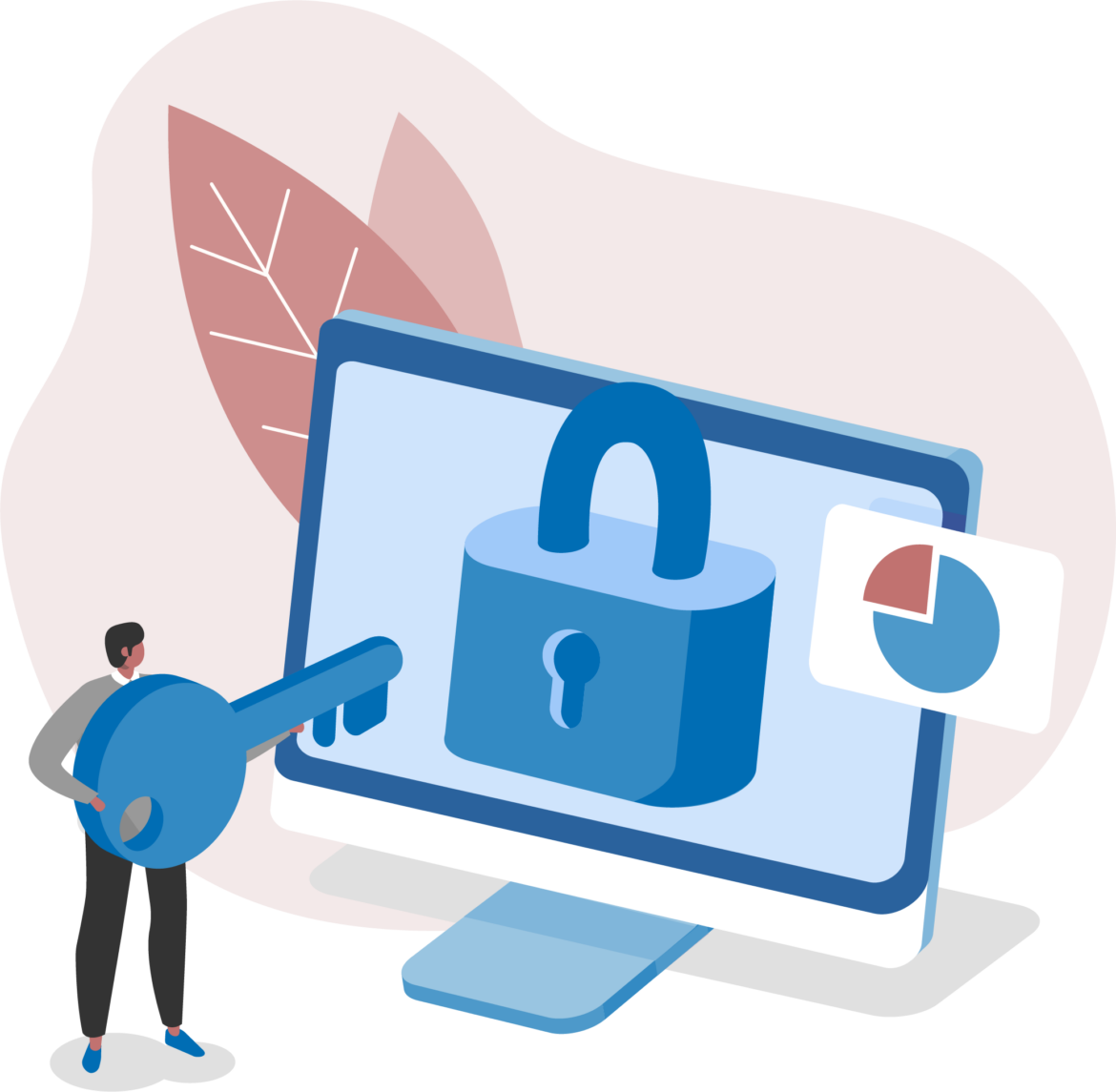A SysOps administrator needs to monitor Amazon DynamoDB usage across a company's AWS accounts. The accounts are in an organization with all features enabled in AWS Organizations. The company recently experienced write throttling on a DynamoDB table after the company breached the AccountProvisionedWriteCapacityUnits quota in a member account.
The SysOps administrator must create alarms to monitor DynamoDB provisioned write capacity units (WCUs) and quota usage in each account. The SysOps administrator must manage and view the alarms from a single monitoring account.
Which combination of steps will meet these requirements? (Select TWO.)
A company has an initiative to reduce costs associated with Amazon EC2 and AWS Lambda. Which action should a SysOps administrator take to meet these requirements?
A SysOps administrator needs to deploy a critical update to a web application that runs on Amazon EC2 instances. The SysOps administrator must minimize application downtime during the update. The SysOps administrator also must minimize the risk of a failed deployment of the update. Which deployment types will meet these requirements? (Select TWO.)
A company plans to run a public web application on Amazon EC2 instances behind an Elastic Load Balancer (ELB). The company's security team wants to protect the website by using AWS Certificate Manager (ACM) certificates The ELB must automatically redirect any HTTP requests to HTTPS
Which solution will meet these requirements?
A SysOps administrator needs to update an AWS accoun1 name What should the SysOps administrator do to accomplish this goal?
To manage Auto Scaling group instances that have OS vulnerabilities, the SysOps administrator needs an automated patching solution.
Options:
A SysOps administrator has enabled AWS CloudTrail in an AWS account. If CloudTrail is disabled, it must be re-enabled immediately. What should the SysOps administrator do to meet these requirements WITHOUT writing custom code?
A company has multiple Amazon EC2 instances that run a resource-intensive application in a development environment. A SysOps administrator is implementing a solution to stop these EC2 instances when they are not in use.
Which solution will meet this requirement?
A company needs to restrict access to an Amazon S3 bucket to Amazon EC2 instances in a VPC only. All traffic must be over the AWS private network.
What actions should the SysOps administrator take to meet these requirements?
A company has two VPC networks named VPC A and VPC B. The VPC A CIDR block is 10.0.0.0/16 and the VPC B CIDR block is 172.31.0.0/16. The company wants to establish a VPC peering connection named pcx-12345 between both VPCs.
Which rules should appear in the route table of VPC A after configuration? (Select TWO.)
|
PDF + Testing Engine
|
|---|
|
$49.5 |
|
Testing Engine
|
|---|
|
$37.5 |
|
PDF (Q&A)
|
|---|
|
$31.5 |
Amazon Web Services Free Exams |
|---|

|